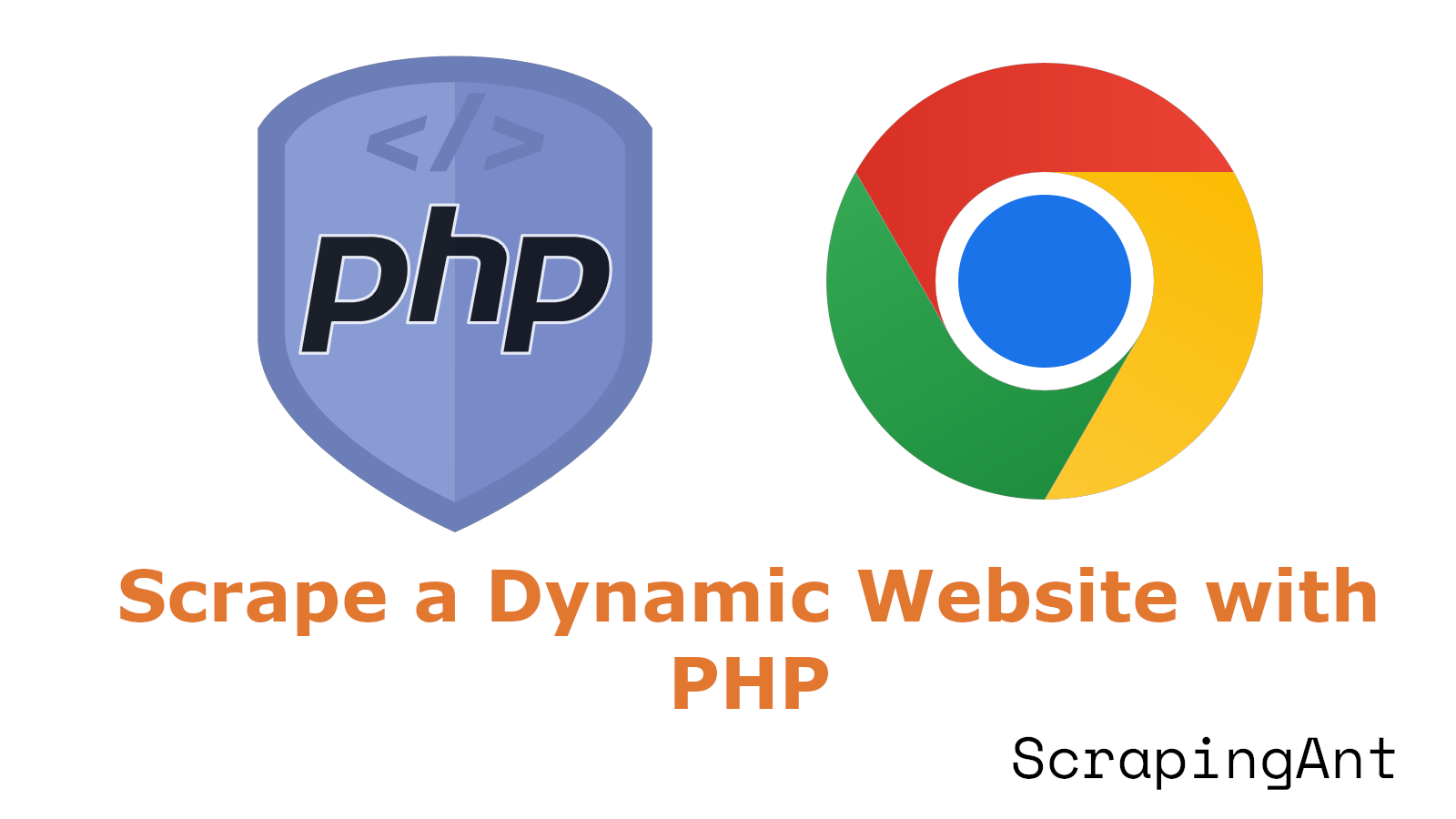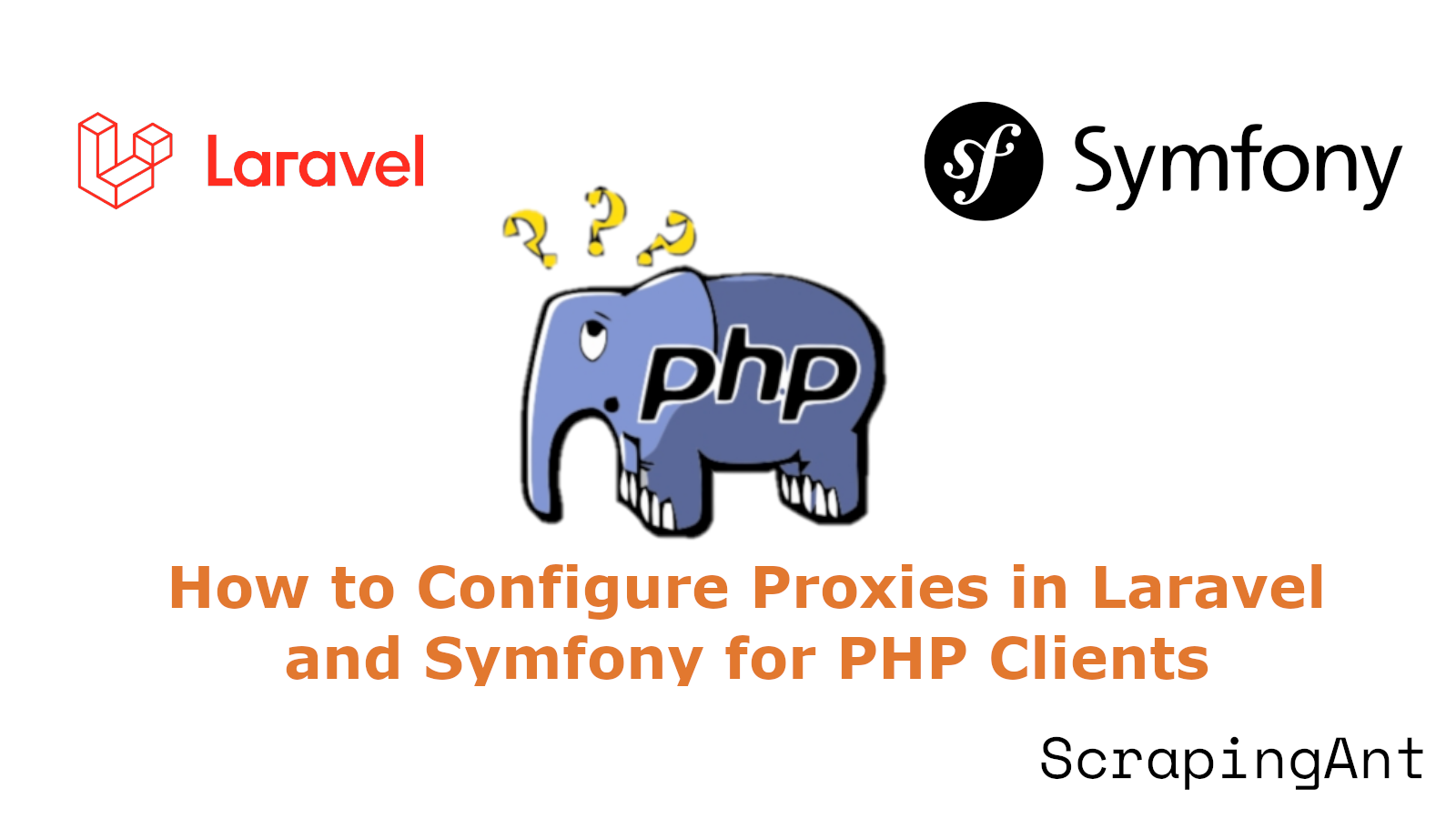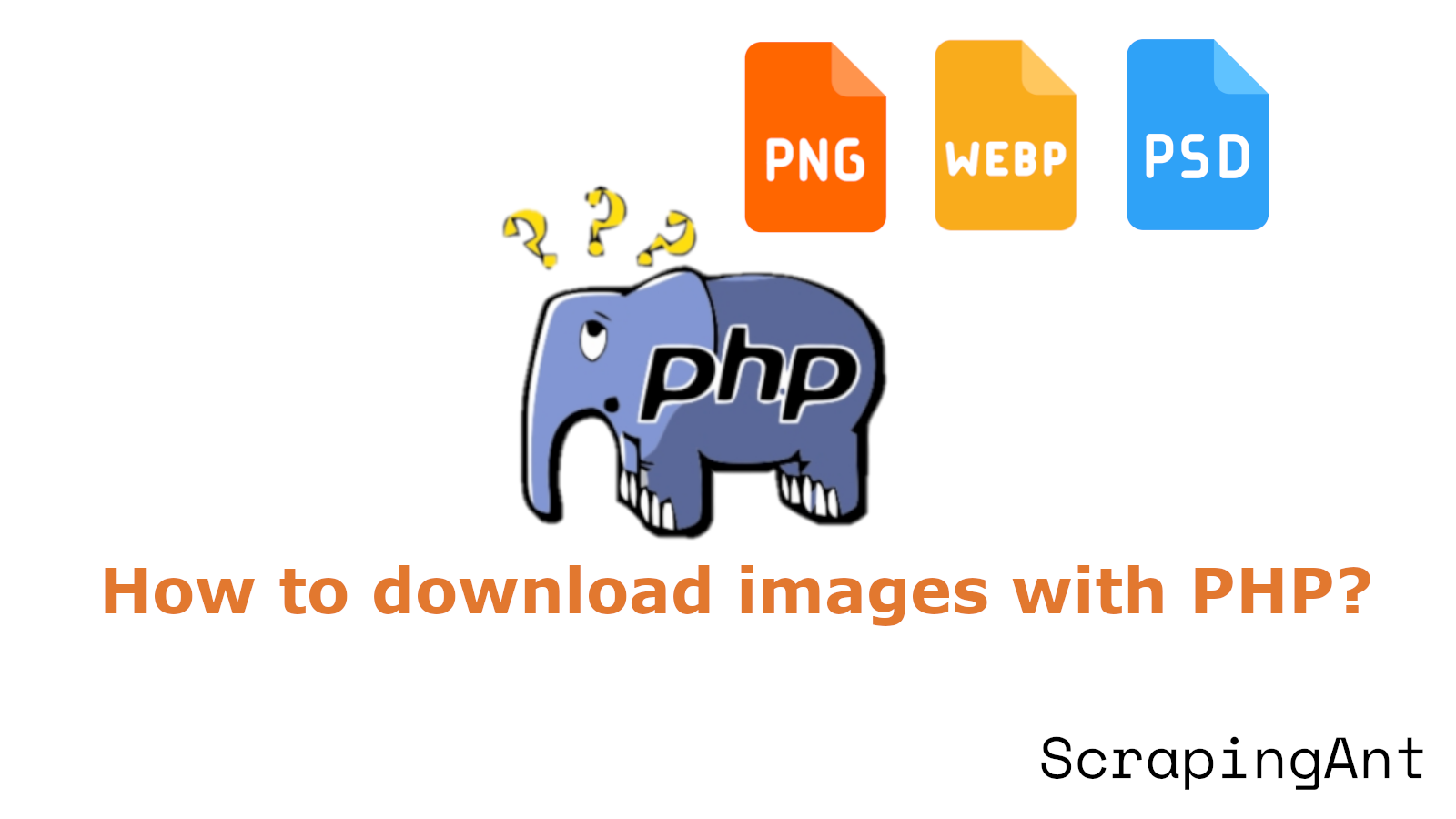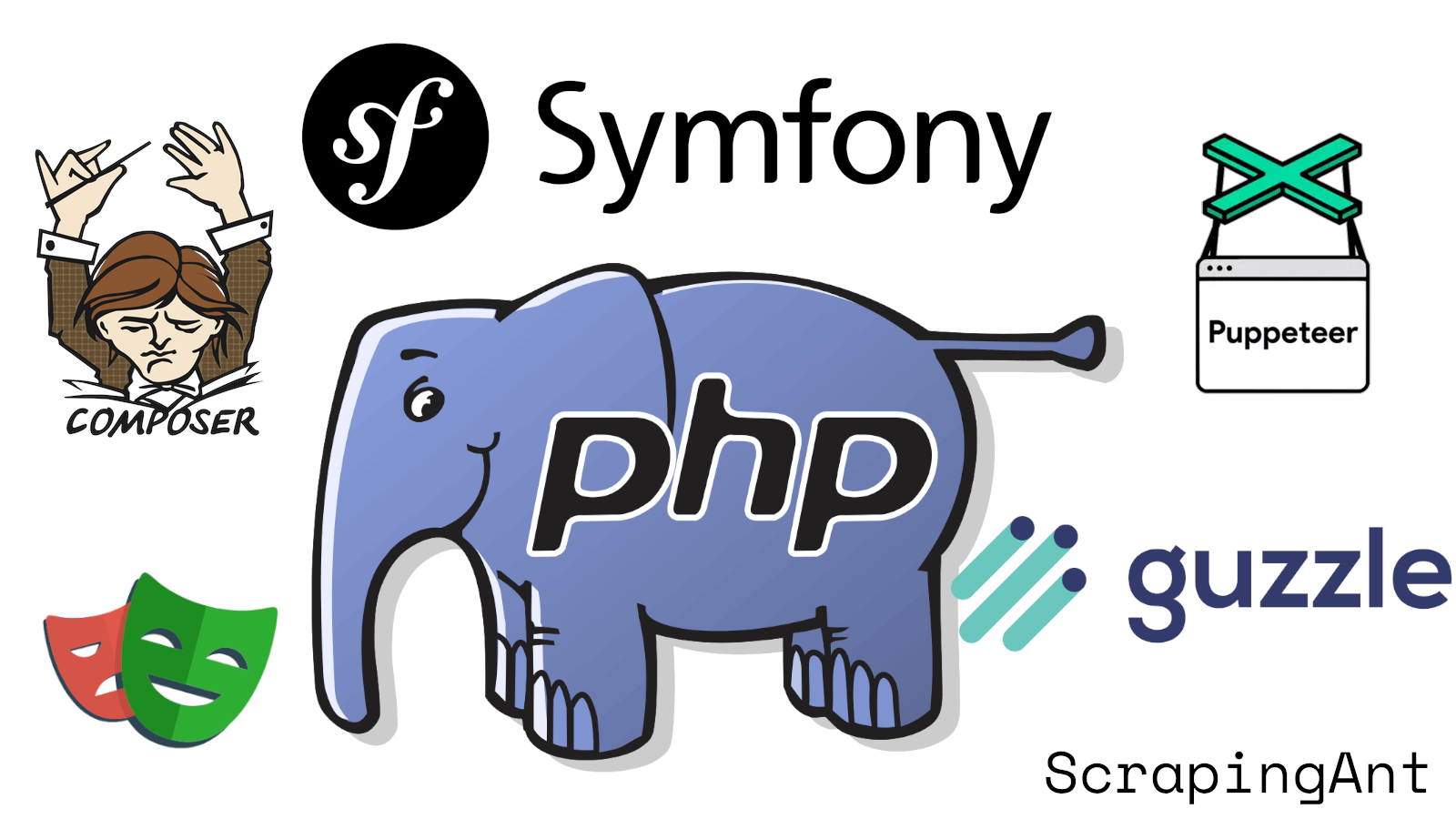
Dynamic websites have become the norm in modern web development, providing interactive and personalized experiences by generating content on-the-fly based on user interactions, database queries, or real-time data. Unlike static websites that serve pre-built HTML pages, dynamic sites rely heavily on server-side processing and client-side JavaScript to deliver tailored content. This dynamic nature poses significant challenges when it comes to web scraping, as traditional methods of parsing static HTML fall short.
Dynamic websites often utilize sophisticated JavaScript frameworks such as React, Angular, and Vue.js, and technologies like AJAX to update content asynchronously without refreshing the page. This complexity requires advanced scraping techniques that can handle JavaScript execution, asynchronous loading, user interaction simulation, and more. To effectively scrape dynamic websites using PHP, developers need to leverage tools such as headless browsers, API-based solutions, and JavaScript engines.
This guide offers a comprehensive overview of the challenges and techniques involved in scraping dynamic websites with PHP. It explores various tools and methods, including Puppeteer, Selenium, Symfony Panther, and WebScrapingAPI, providing practical code examples and best practices to ensure successful data extraction.


